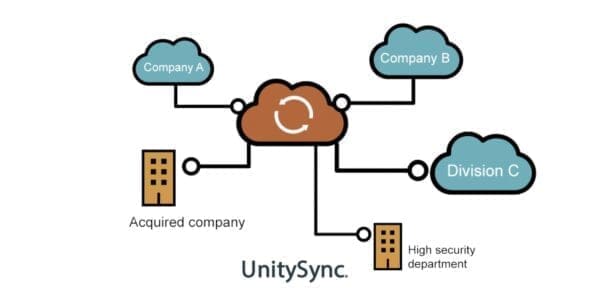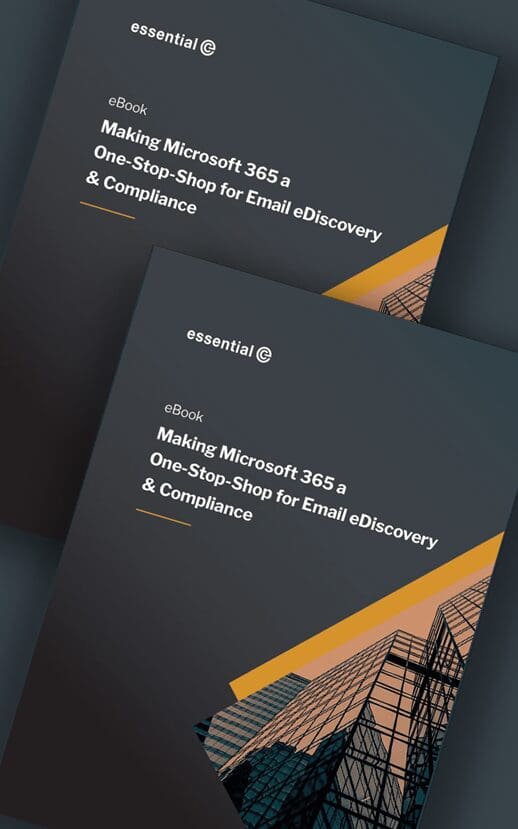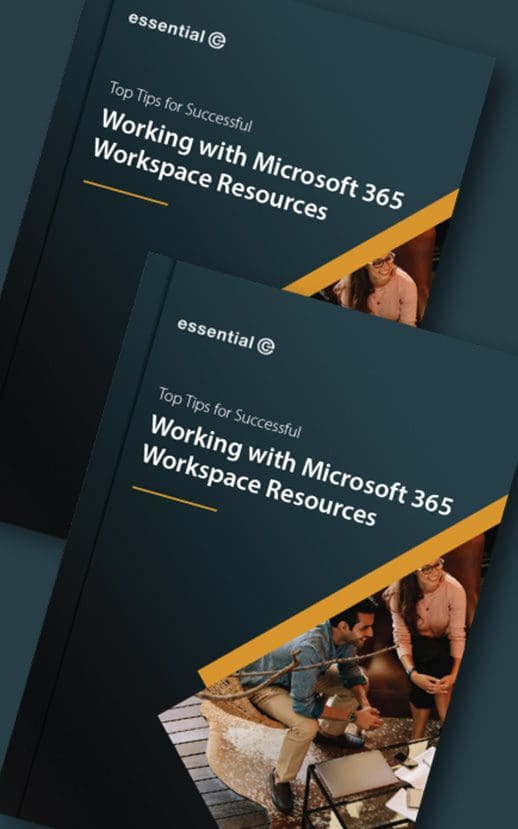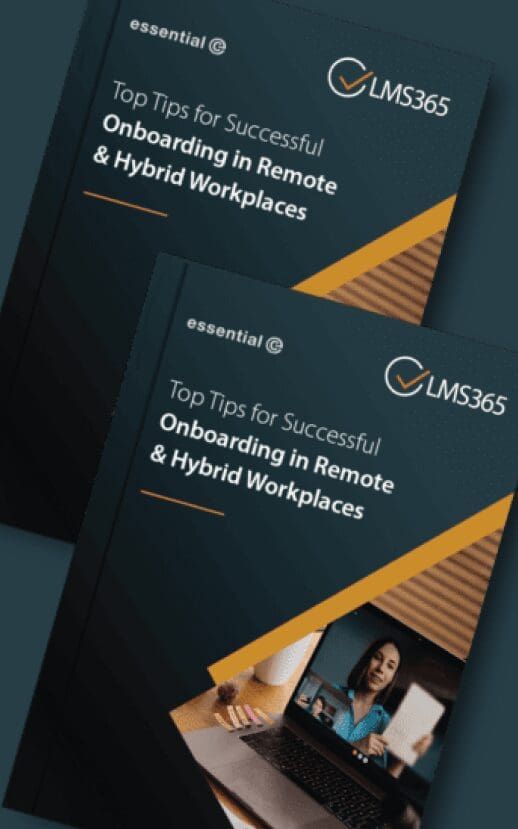Email Archive Migration
Moving complex workloads to Microsoft Office 365
Adopting a cloud strategy for file sharing made moving to hosted email the next logical step for BuroHappold. Migrating a corrupted Enterprise Vault email archive, large journals & public folders into Exchange Online, however, proved to be a bigger problem than they’d envisaged…
BuroHappold Engineering is a renowned international engineering consultancy with 21 offices located across Asia, India, the Middle East, Europe, the United Kingdom and the United States. With over 1,700 employees and 60 partners, the company generates vast amounts of project-related data, files and communications, daily. Secure, efficient and cost-effective long-term storage of this data – along with the ability to quickly access and/or collaborate on it when necessary – is an essential part of their operation.
Office 365 Adoption Driven by File Sharing
BuroHappold first began exploring Microsoft Office 365 as a secure and audit-able alternative to the cloud file-sharing services being used by employees to collaborate on projects.
“We started with file sharing because that was our biggest risk from a security perspective,” says Alex Turner, Productivity Systems Team Leader at BuroHappold Engineering. “But after moving our SharePoint intranet to Office 365, we realised the big missing piece and limiting factor for a lot of our collaboration tools was the fact that Exchange was not in Office 365 as well.”
On further investigation, it became clear that an email migration would not only help maximise BuroHappold’s user experience and collaborative capabilities, but also assist the multi-national enterprise in bringing its extensive corporate data into a single, central, manageable and cost-effective fold.
“We have an awful lot of data – we keep all archived data for a period of fourteen years, including for leavers,” says Turner, attributing this retention period to a combination of internal policies, external regulations and potential litigation responsibilities. “The cost of retaining all this email data on-premises (in Veritas Enterprise Vault) was increasing year-on-year; because we couldn’t forecast our email growth, we couldn’t budget for how much storage we would need, month to month.”
When BuroHappold first began its Office 365 adoption, the platform was unable to easily handle their retention requirements for leavers’ mailboxes. True to form, however, Microsoft soon addressed this shortcoming by enabling customised retention policies for all email data – old and new. This functionality, combined with Office 365’s flexible storage, predictable pricing models, and superior accessibility, sealed BuroHappold’s decision to migrate to Exchange Online and rehydrate their Enterprise Vault archives in Office 365.
“When those options became available, it was a no-brainer to utilise them,” says Turner.
Avoiding an EV archive maintenance renewal
Like most large organisations, BuroHappold had requirements for its migration that could pose challenges for whichever solution provider they decided to partner with.
Arguably the most important of these was the approaching expiry of their Enterprise Vault support and maintenance contract. This had not been budgeted for renewal, creating a hard and fast deadline for getting all employees’ mailboxes out of EV, and leaving very little scope for anything to go wrong.
Workshopping the Essentials
Having chosen Essential as their migration partner, the BuroHappold team was eager to get clarity on some of the more complex stages of the project. Essential’s Discovery Workshop proved to be invaluable in this respect – particularly in alleviating the concerns of team members who’d been through previous migrations.
According to Turner,
“Based on earlier experience, some people were sceptical that we would be anywhere near the deadlines. Getting everybody together to break down exactly how we were going to do things was really beneficial, and I think they were amazed by how fast we got things moving once everything was in place.”
Navigating legacy archive issues
As it transpired, a previous migration to Enterprise Vault had also left behind a host of legacy issues, most notably shortcuts pointing to data that was no longer where it was supposed to be. Extremely large journals combined with large public folder numbers and massive storage footprints also made for a very thorny migration to Office 365.
“The EV database was essentially corrupted as a result of a previous migration to Enterprise Vault,” says Annie Holder, Migration Engineer for Essential Computing. “We had everything from old messages with only the message body present, to large quantities of messages that had been associated with users’ default inboxes and not the original subfolders from which they were archived.”
Essential used bespoke SQL queries to tidy up some of the misalignments in the EV archive, and then scripted their migration tool of choice, TransVault, to ensure archives were moved into the optimal Office 365 folder locations.
“We needed to figure out how to get all of it into the right place in Office 365 so that it would be discoverable with little impact to the end-user” explains Holder.
Working as a team
Teamwork is essential for any migration, but proved even more so for the partnership between BuroHappold and Essential. Coordinating Essential’s archive migration and the concurrent migration of live users being run in-house by BuroHappold, took consistently open lines of communication (and a network upgrade from 100mb to 500mb) to minimise disruptions.
“It felt like we were one team, to be honest – it was fantastic,” says Turner, acknowledging the complexities of running a side-by-side migration for a company of BuroHappold’s scale. “We had four or five people involved from the BH side, and a weekly call with the Essential team, and were involved in all the actions or decisions that needed to be made. We worked together very well.”
Wrapping up a successful migration
While the migration was not without its challenges, Essential successfully met BuroHappold’s deadlines, and concluded the migration with a very happy client.
“Nobody was under any illusion that the project was going to be easy,” says Turner, “but I think, all in all, we were very happy with how it went. The biggest reassurance for us has been the migration reports at the end of every batch, which explain in black and white what’s been brought across. We haven’t had any problems, but if anyone does query, that’s what we’ll be going back to.”
As for BuroHappold’s wider adoption of Office 365, Turner says all signs point towards full steam ahead.
“We’re watching Microsoft’s roadmap very closely,” he says. “I think Microsoft Teams will be the next big thing on our roadmap for the collaboration features that it unlocks.”
Moving complex workloads to Microsoft Office 365
Want to migrate your archives, public folders or journals to Office 365?
















